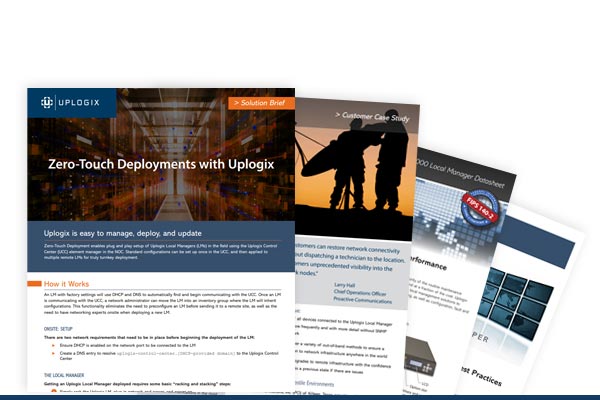
IT groups sometimes have a reputation as a group that has trouble selling project ideas when it comes time for locking in funding from the corner office. Here a few roadblocks to avoid and approaches to try out next time you are pushing an IT project,
say rolling out Uplogix Local Management to all of your branch offices…
In a recent article, author Mark Samuels gathered feedback from IT veterans about the best tactics for getting a green light from the chief executive. Here are some highlights:
Make it relevant
It might seem basic, but a key to getting sign-off is to ensure that execs understand the value of the initiative. Make sure the value of the project is clear in business terms for the company.
“If it’s a large scale implementation, such as networks, infrastructure or enterprise architecture, you must explain to the business why your core IT systems need to be maintained and refreshed,” said Sarah Leslie, CIO at Iglo Foods Group.
“Identify where challenges exist and how investment in new underlying IT will help support new business opportunities. Everyone understands technology is now critical to success, so explain how the business will benefit from your ideas over time.”
“Give clear indications of how you’ll measure success, which will help drive both the project and the business forwards,” said David Reed, head of information services and infrastructure at the Press Association.
When budgets are tight, sometimes the best way to break through a new project is to show that often doing nothing has an opportunity cost as well. Continuing expensive and outdated processes in a business-as-usual approach could be what’s keeping funding from freeing up for new innovations.
It’s best for supporters of a project to have a tough eye for value.
“The demand handling process needs to have a culture of looking to tear apart a business case and ensure only the robust ones get through,” says Allison. “So on the assumption that the project is a sound one, the CEO needs to be presented with a project request that lays out the problem being solved, the options, the benefits, the risks, and the timescales.”




